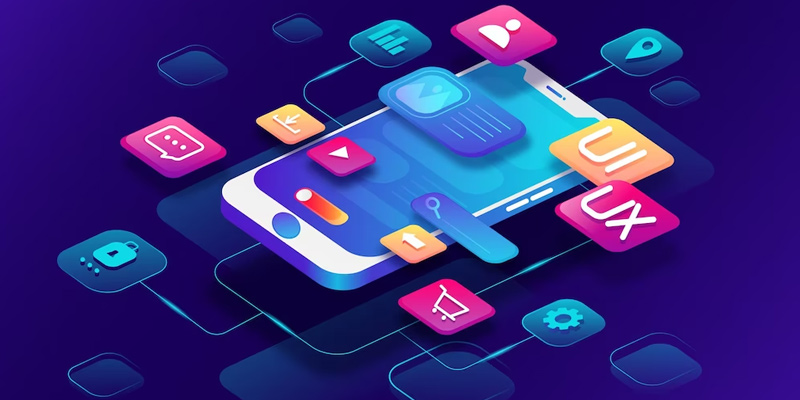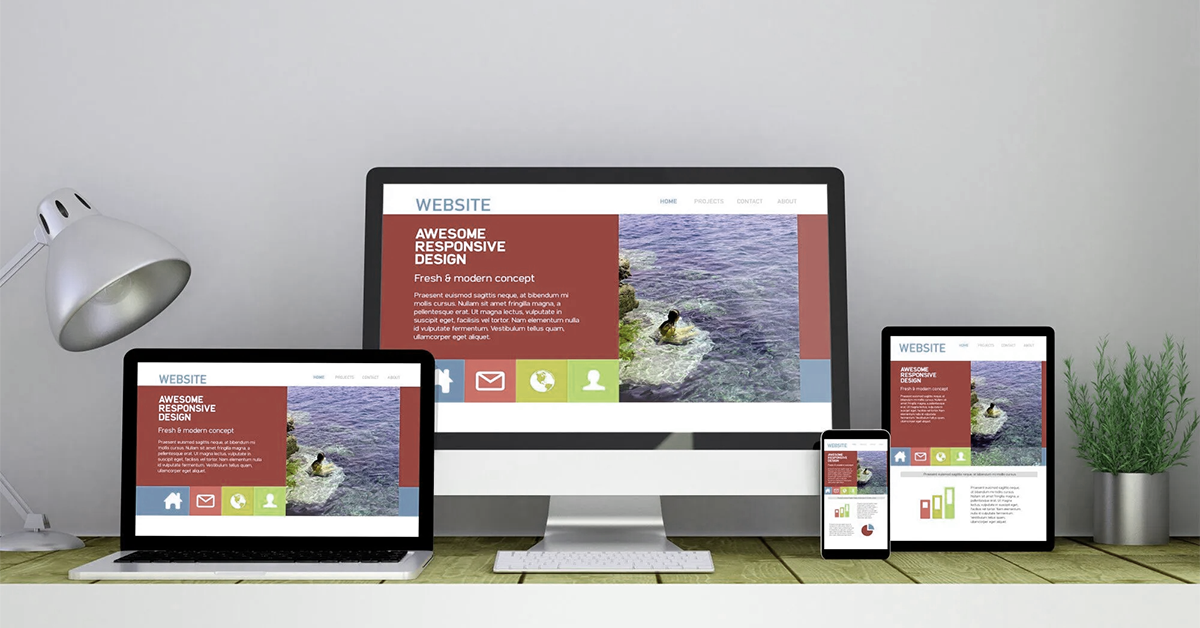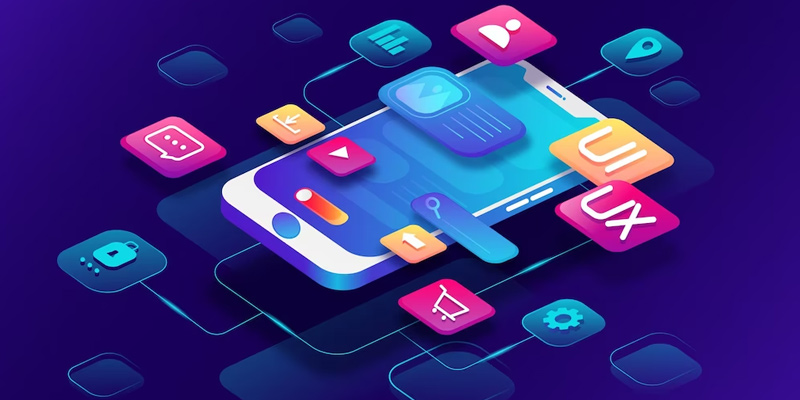Web Development 19.05.2023
Introduction
iOS app development is the process of creating software applications for Apple devices, such as the iPhone, iPad, and Apple Watch. iOS apps are developed using the Swift programming language and the Xcode IDE.
In this blog post, we will discuss the basics of iOS app development, including the tools and technologies you need, the steps involved in the development process, and some tips for getting started.
Tools and Technologies
The two main tools you will need for iOS app development are:
- Swift: Swift is a modern programming language developed by Apple. It is designed to be safe, fast, and expressive.
- Xcode: Xcode is an integrated development environment (IDE) developed by Apple. It includes a code editor, a debugger, a simulator, and a variety of other tools for developing iOS apps.
In addition to Swift and Xcode, you may also need to use other tools and technologies, such as:
- Cocoa Touch: Cocoa Touch is a framework that provides the foundation for iOS app development. It includes classes for user interface elements, networking, graphics, and more.
- Third-party libraries: There are a number of third-party libraries available for iOS app development. These libraries can provide additional functionality, such as image processing, social media integration, and more.
The Development Process
The development process for an iOS app can be broken down into the following steps:
- Planning: The first step is to plan your app. This includes defining the purpose of the app, the target audience, and the features that the app will have.
- Design: The next step is to design the user interface (UI) of your app. This includes creating wireframes, mockups, and high-fidelity designs.
- Development: The third step is to develop your app. This includes writing code, designing and implementing the UI, and testing the app.
- Testing: The fourth step is to test your app. This includes testing the functionality, performance, and usability of the app.
- Deployment: The fifth step is to deploy your app to the App Store. This includes submitting the app to Apple for review and pricing the app.
Tips for Getting Started
If you are new to iOS app development, here are a few tips to help you get started:
- Start with a simple app: Don't try to build your dream app right away. Start with a simple app that you can complete in a short amount of time. This will help you learn the basics of iOS app development and build your confidence.
- Find a mentor: Find someone who is experienced in iOS app development and ask them for help. A mentor can provide guidance and support, and they can help you avoid making common mistakes.
- Join a community: There are a number of online communities for iOS app developers. These communities can provide you with support, advice, and feedback.
- Don't give up: iOS app development can be challenging, but it is also rewarding. Don't give up if you run into problems. Keep learning and keep practicing, and you will eventually succeed.
Conclusion
iOS app development is a great way to learn new skills, build your portfolio, and create something that people can use and enjoy. If you are interested in iOS app development, I encourage you to get started today.
Be notified when we add a new articles





![]()